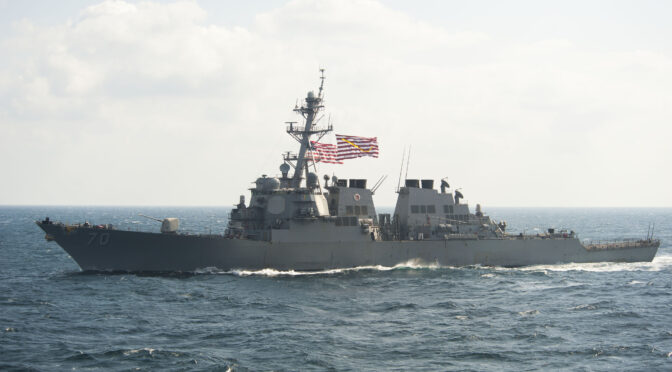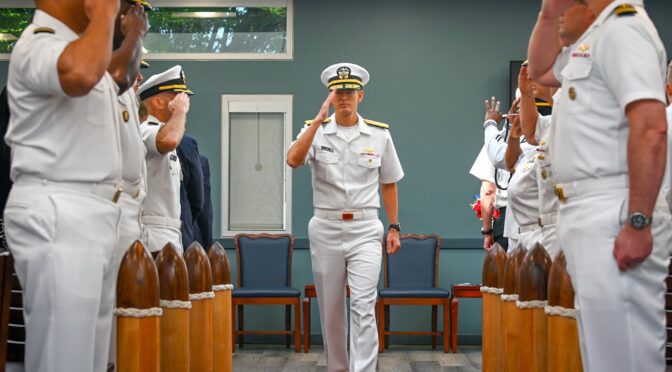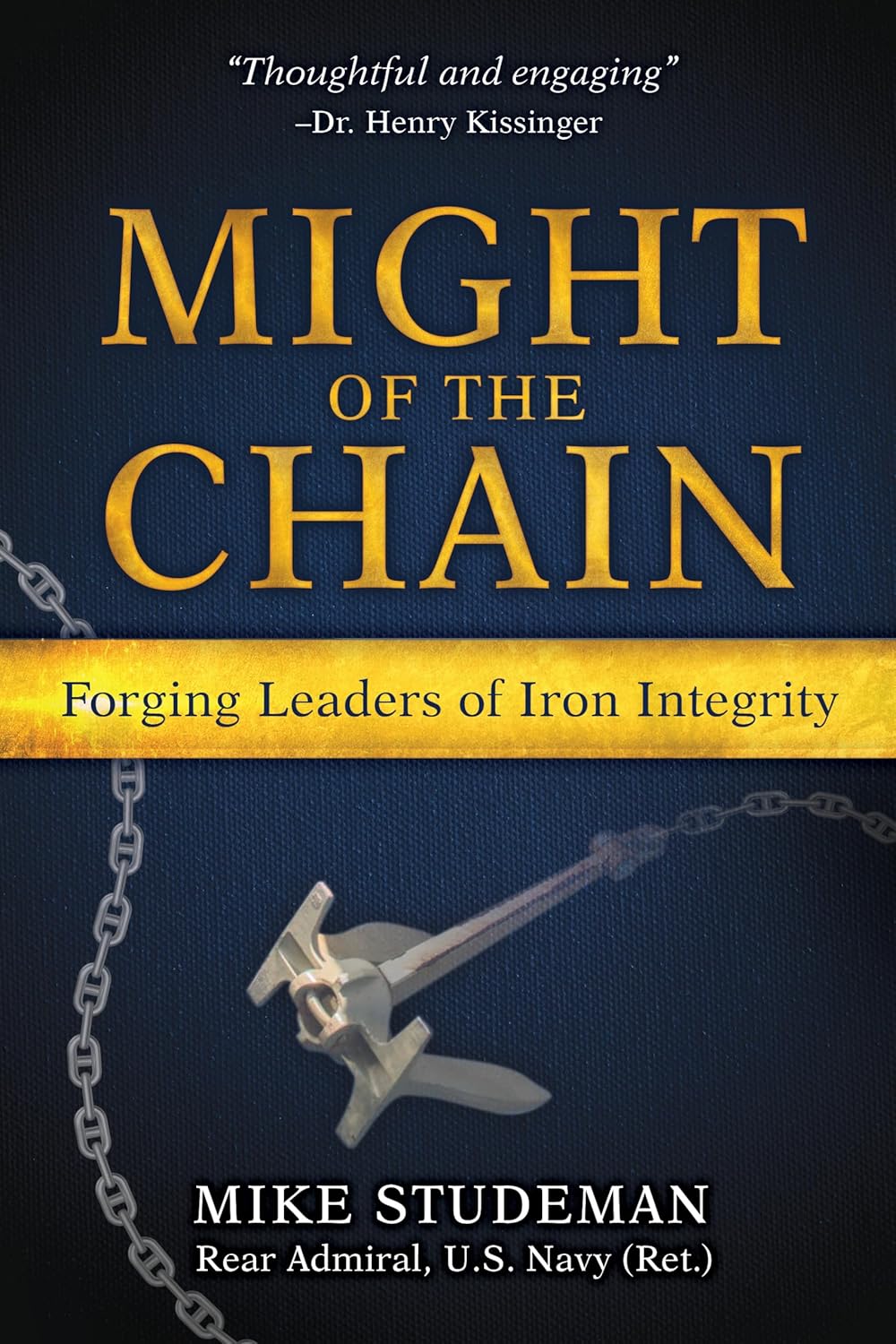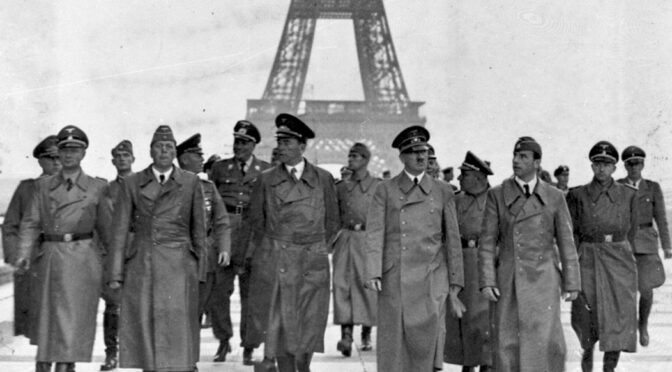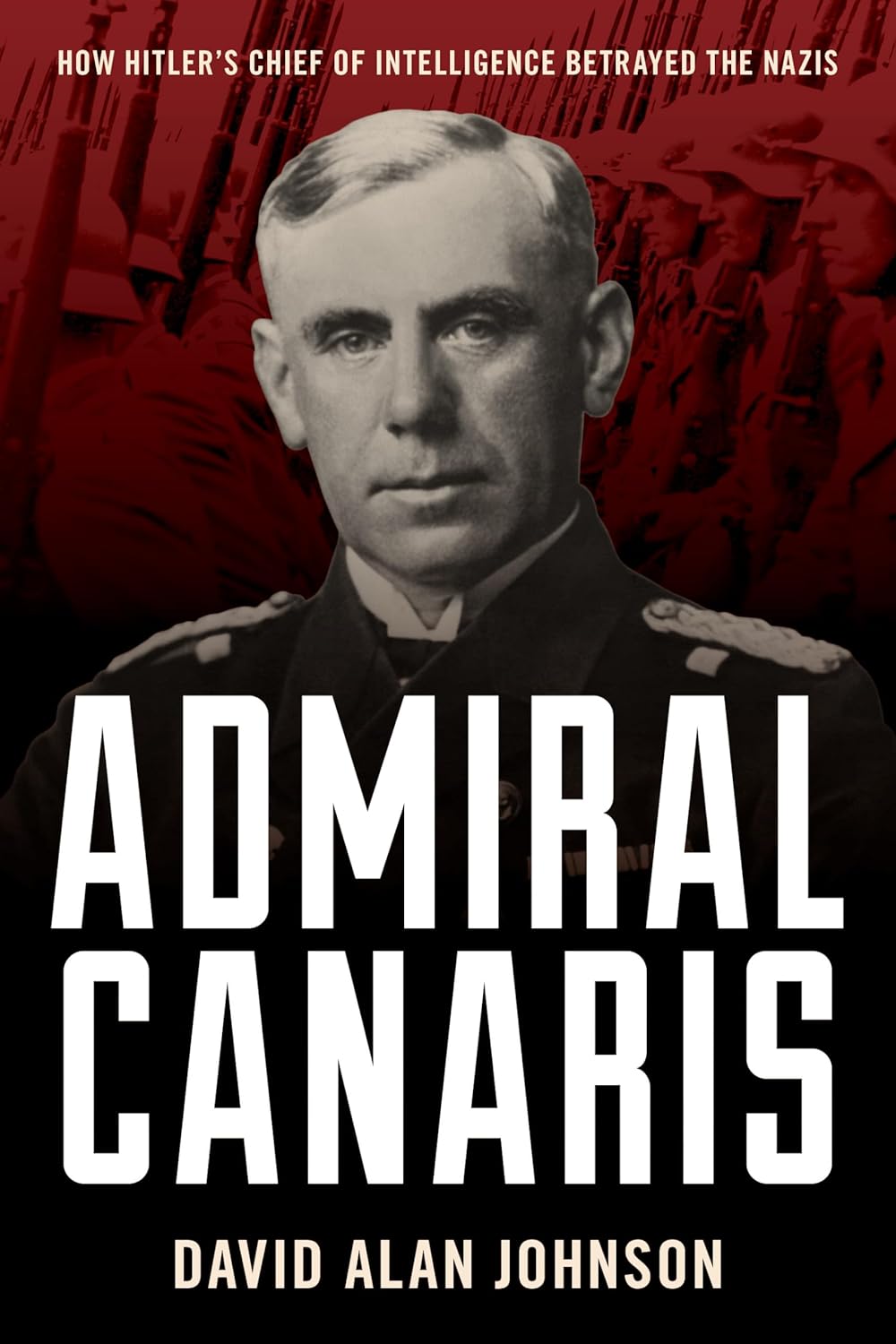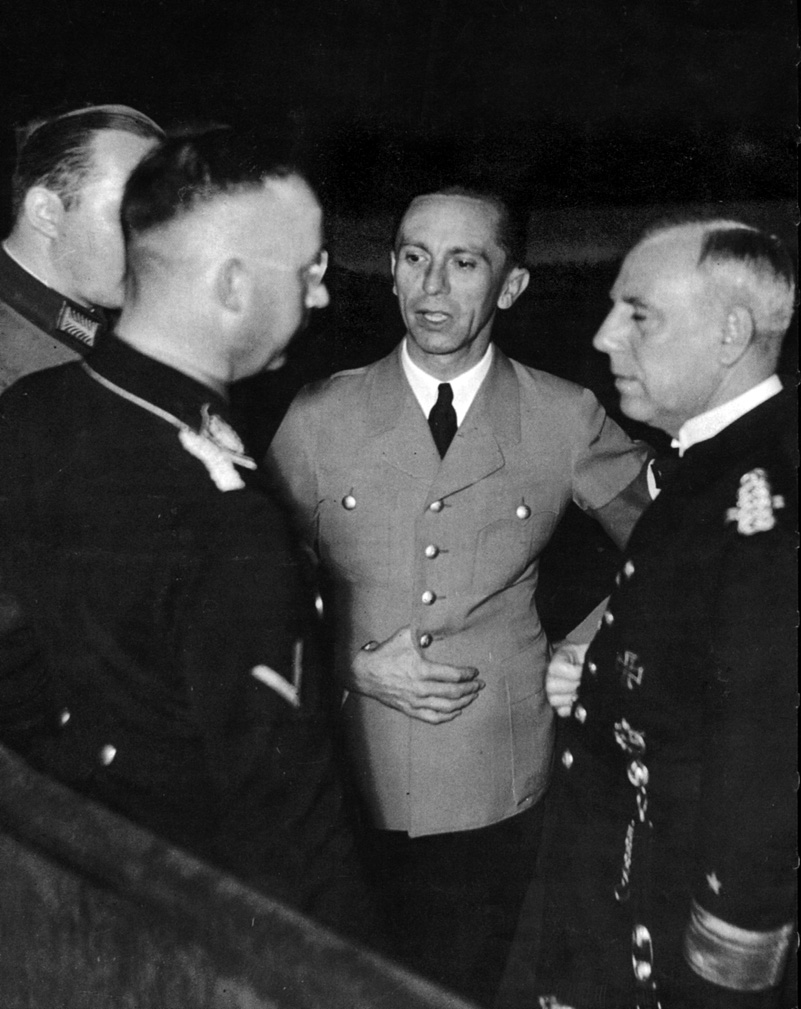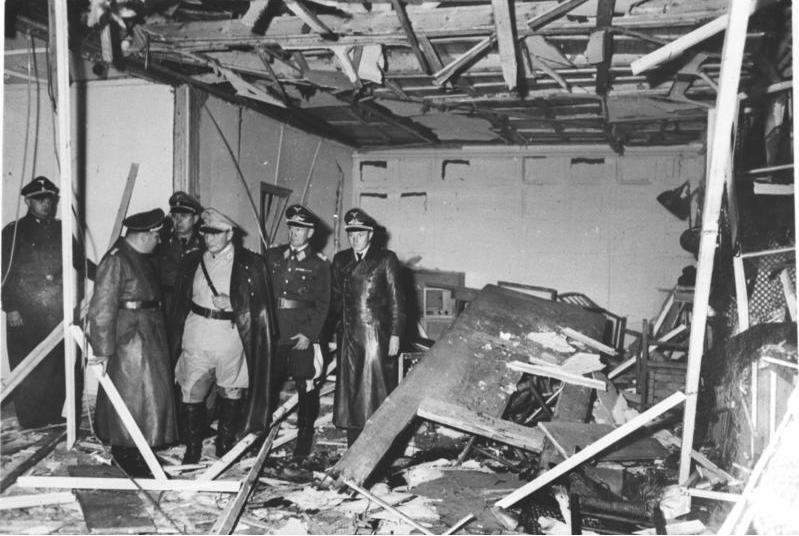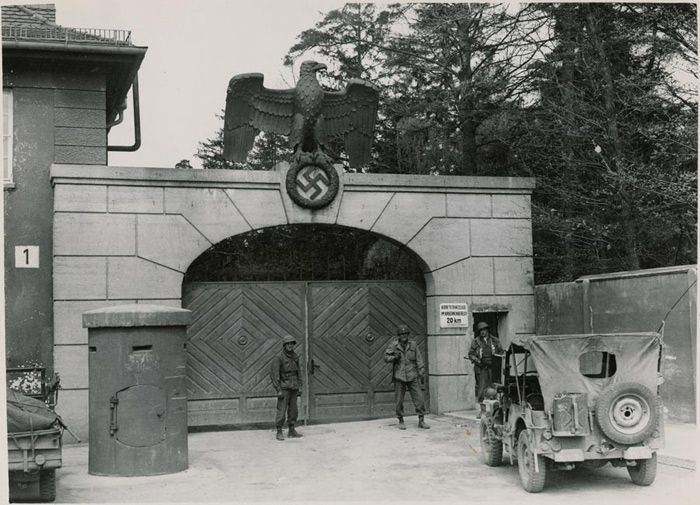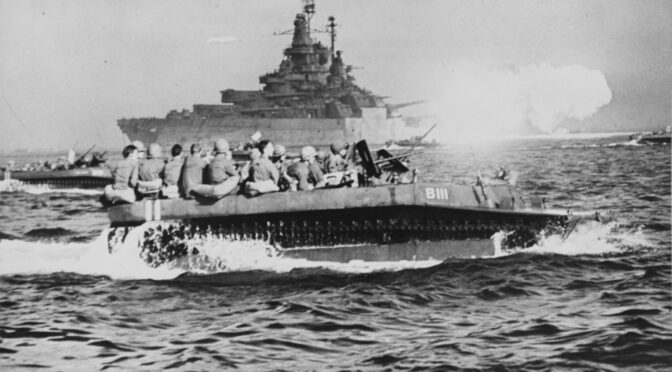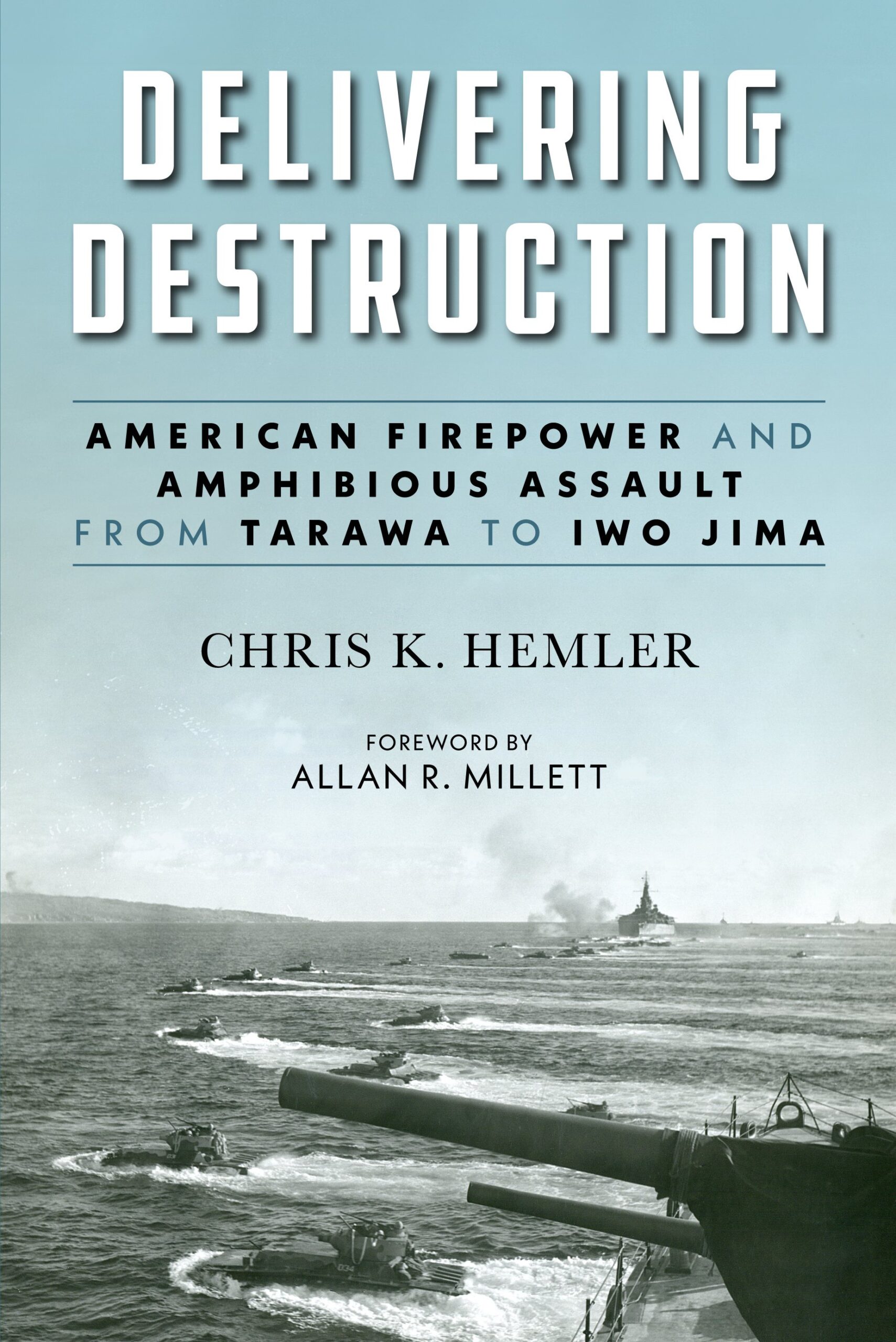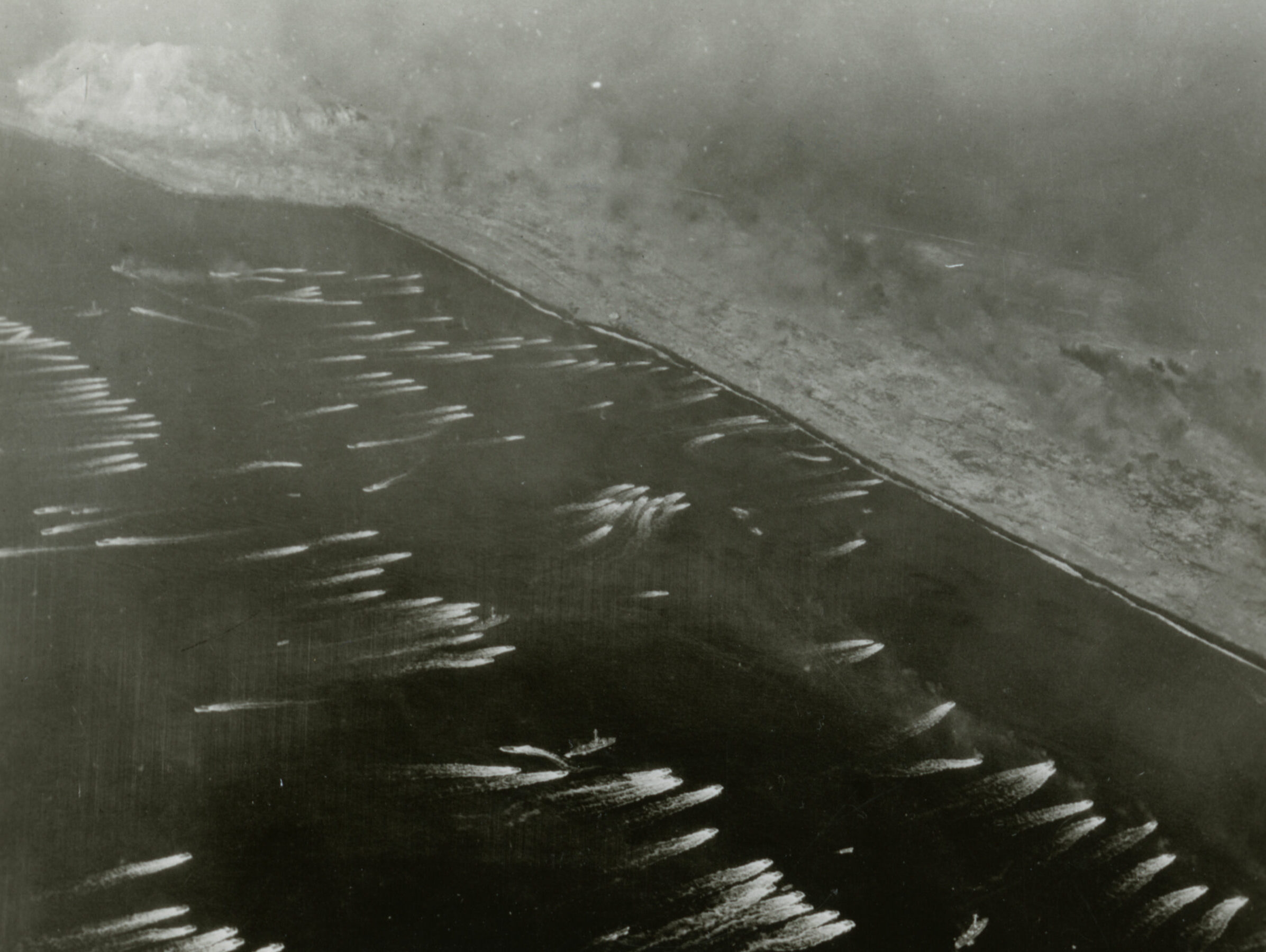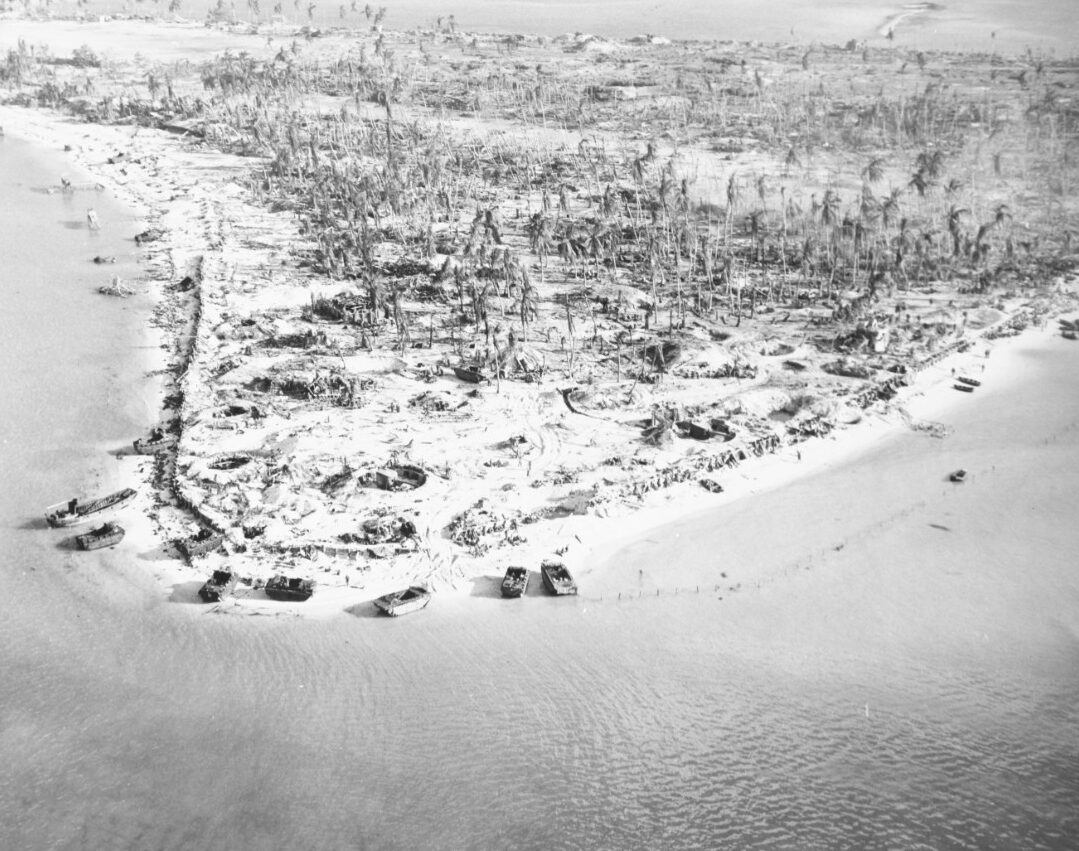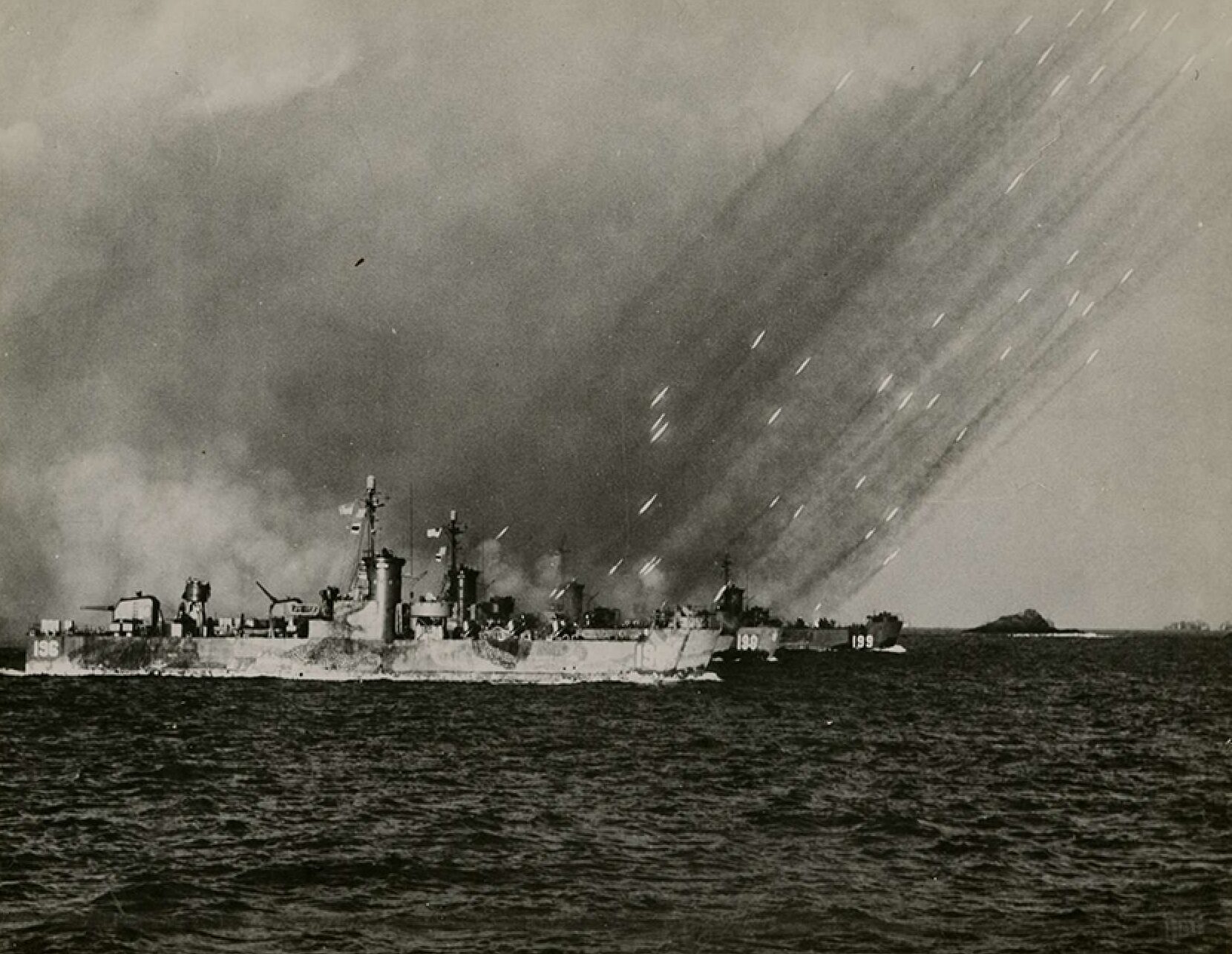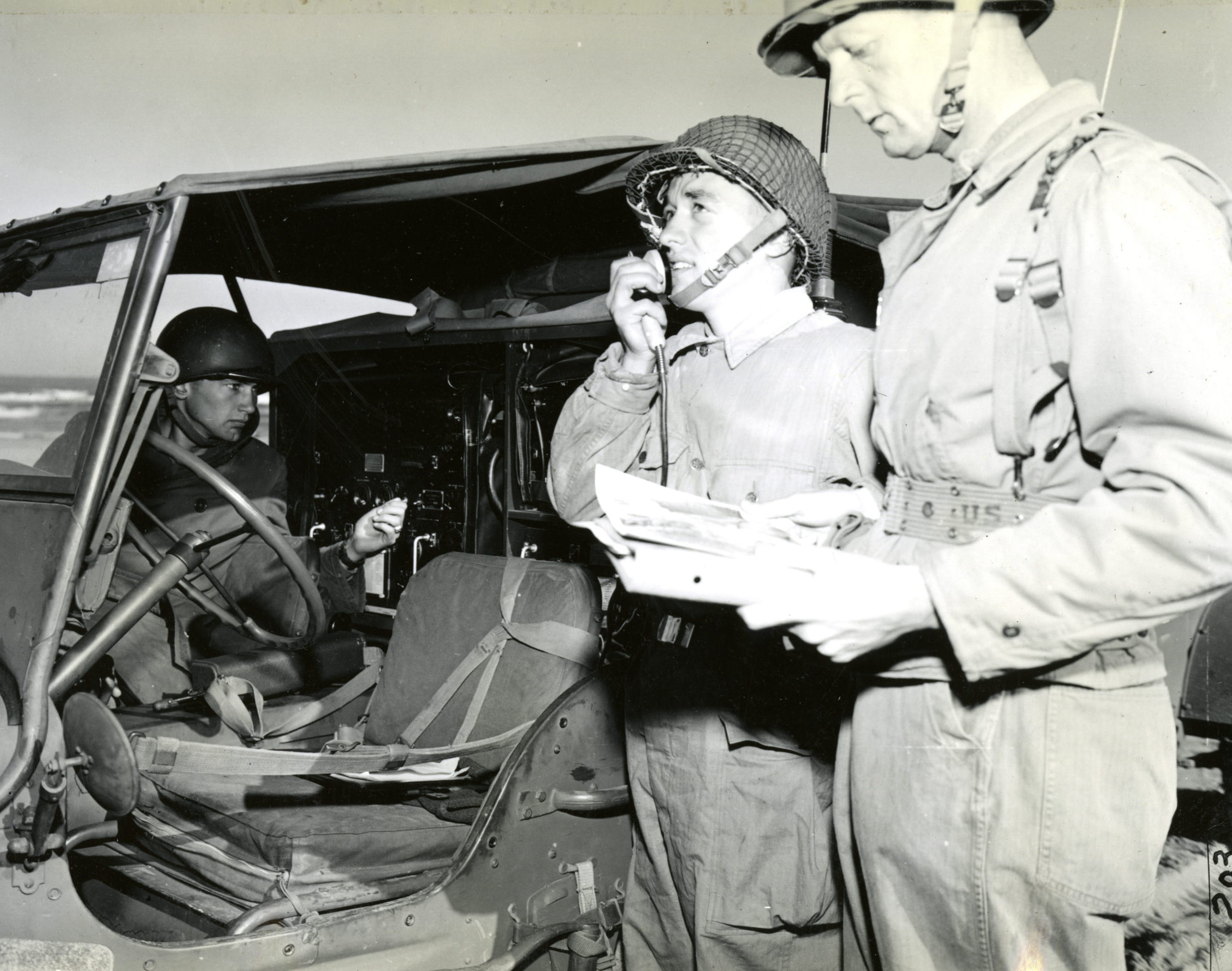By Dmitry Filipoff
CIMSEC recently engaged with the commander of the Surface and Mine Warfighting Development Center (SMWDC), RDML Wilson Marks, to discuss the latest developments and priorities of the command. RDML Marks discusses multiple topics in this interview, including how SMWDC is learning from Red Sea combat, the wartime role of the command, and how far SMWDC has come ten years after its establishment.
SMWDC has been deeply involved in processing combat lessons from the Red Sea and applying them to sharpen the skill of warfighters at the point of contact. What does this learning process look like for SMWDC and can you provide a sense of what kinds of lessons are being learned?
SMWDC’s approach to learning and adapting from combat lessons in the Red Sea is a dynamic, collaborative, and mission-focused process. By leveraging its close relationships with key partners like the Naval Surface Warfare Centers, Naval Sea Systems Command, and Program Executive Office Integrated Warfare Systems, SMWDC facilitates rapid analysis of how Sailors, combat systems, sensors, and weapons are performing in real-world scenarios. This teamwork ensures feedback from the frontlines is quickly turned into actionable improvements for our warfighters.
The process begins with thorough analysis of combat data collected from operations. SMWDC uses this information to refine tactics, techniques, and procedures (TTPs), providing tailored tactical recommendations to ships. Beyond immediate operational support, these lessons are also fed back to Surface Warfare Technical Division and our Fleet Training Divisions to enhance combat system capabilities, ensuring our warships are equipped to meet evolving threat environments and trained on how to respond.
Training is a critical element of this learning cycle. In collaboration with Surface Combat Systems Training Command, SMWDC incorporates these combat lessons into realistic training scenarios. These scenarios are then integrated into Surface Warfare Advanced Tactical Training (SWATT) exercises, which are designed to prepare warships for the challenges they will face during deployment and in combat operations. By doing so, SMWDC ensures the operator is not only equipped with the latest knowledge, but also receives repetitive training rehearsals or “reps and sets” of applying updated tactics that mirror combat conditions.
As the ancient philosopher Archilochus wisely observed, “We do not rise to the level of our expectations, we fall to the level of our training.” SMWDC embraces this principle by streamlining learning processes and strengthening collaboration across the surface warfare enterprise to keep pace with the ever-changing nature of warfare at sea. This commitment to learning, adapting, and training ensures our warfighters remain ready to fight and win across all domains.
SMWDC recently completed the consolidation of its specialty schools into a central institution – the Surface Advanced Warfighting School (SAWS). What is the significance of this new organization and how will it enhance the quality of warfare tactics instructor (WTI) education?
The creation of the new SAWS center marks a significant milestone for the surface warfare community, enhancing the quality and impact of Warfare Tactics Instructor (WTI) education. Prior to this consolidation, WTI courses were taught at separate locations and managed by different organizations. This led to some inconsistencies in learning objectives, graduation requirements, and the delivery of academic material.
By uniting all WTI courses under one command, the new SAWS facility ensures a standardized curriculum and a shared foundation for all WTIs. This alignment strengthens their understanding of their critical role in sharpening the tactical edge of the surface force. However, the true value of SAWS goes beyond curriculum consistency—it lies in the collaboration and innovation fostered within its walls.
SAWS teaches WTIs from the four warfare specialties, creating a dynamic environment where our nation’s elite surface warfighters confront today’s complex tactical challenges and anticipate those of the future. Modern warfare rarely fits neatly into a single domain, and the ability to think and fight across warfare areas is essential. By housing this diverse expertise under one roof, SAWS enables a synergy that drives creative solutions, sharper tactics, and a cohesive approach to multi-domain operations.
In short, SAWS is not just about improving education—it is about creating a collaborative center that equips WTIs to drive the tactical excellence the surface navy needs to win in today’s increasingly complex maritime battlespace.
The surface fleet is currently experiencing a historic transformation in anti-ship firepower. The introduction of SM-6 and Maritime Strike Tomahawk will give the surface fleet the capability to launch long-range, high-volume salvo attacks against warships, unlike the Harpoon capability of past generations. What is SMWDC’s role in realizing the potential of these new weapons and evolving the maritime fires doctrine of the surface fleet?
SMWDC is participating in the development of concept of operations for new weapons being delivered to the fleet and is responsible for drafting and evolving the tactics, techniques, and procedures for effectively employing them in combat. SMWDC is working with the acquisition team and the rest of the surface warfare enterprise to ensure doctrine and training are phased with delivery of capabilities to ensure Sailors can employ them effectively when armed with these new capabilities.
SMWDC is also responsible for drafting and refining the TTPs that elite surface warfighters use to effectively employ surface capabilities. This involves close collaboration with the broader surface warfare enterprise and acquisition team to ensure operational doctrine and training are synchronized with the delivery of these cutting-edge systems.
SMWDC is instrumental in unlocking the full potential of advanced weapons. By aligning doctrine, training, and capability delivery, SMWDC ensures the Navy’s elite surface warfighters are trained to employ weapons to their maximum effect – enhancing the surface force’s ability to dominate in high-end conflict. As the fleet integrates cutting-edge capabilities, WTIs lead the charge in shaping the concept of operations that will dictate their effective use in combat.
CNO’s Navigation Plan (NAVPLAN) prioritizes readiness for a great power war with China in the 2027 timeframe. How may SMWDC’s operations and roles change in wartime, especially if the surface fleet has to reduce the manning of its shore establishment to surge afloat forces?
In wartime, SMWDC’s operations and roles would shift from a focus on training and doctrine development to direct operational support. We would still produce new WTIs and conduct advanced-level training for the fleet, but our team would also provide real-time tactical expertise to deployed ships, strike groups, and Maritime Operations Centers. SMWDC would prioritize rapid updates to tactics and doctrine based on evolving combat lessons and ensure interoperability within the joint and allied warfighting ecosystem. Ultimately, SMWDC would ensure the operational readiness of surface forces by continuing to refine and deliver effective TTPs while supporting units with tailored training and assessments. This would ensure the surface fleet remains lethal and adaptable in a great power conflict.
SMWDC launched the inaugural cycle of the Surface Requirements Group (SURFRG) in 2023 and recently completed the second cycle. What are the lessons from these initial cycles and how is the SURFRG deepening the involvement of WTIs in the requirements and systems development process?
The inaugural cycle of SURFRG in FY 2023 was a significant step forward in aligning the Surface Force’s tactical needs with systems development and acquisition priorities. Now, with two cycles complete, the process has matured, providing valuable lessons and deeper integration of WTIs into the requirements process.
Key Lessons from the First Two Cycles
One of the primary lessons learned is the critical importance of amplifying the voice of the fleet. WTIs, operational surface forces, numbered fleet commanders, Warfighting Development Centers, and fleet commander staffs all provide unique perspectives that ensure SURFRG is addressing the real-world tactical challenges facing the surface force. During the second cycle, the SURFRG team visited 5th, 6th, and 7th fleets to gather direct feedback from warfighters on the frontlines. Additionally, engaging senior fleet leadership in working groups was instrumental in refining priorities and identifying actionable gaps.
Another significant insight is the need for comprehensive awareness of potential solutions to identified gaps. Collaboration with Program Executive Office Integrated Warfare Systems and Program Executive Office Command, Control, Communications, Computers, and Intelligence program offices is vital, and SURFRG expanded its reach to include the Office of Naval Research and private industry. Industry engagement is especially valuable, as companies present innovative initiatives directly aligned with the surface force’s highest-priority gaps. For example, during the most recent SURFRG industry panel, eight companies briefed 14 initiatives, offering cutting-edge solutions to resource sponsors, the acquisition community, type commanders, and WTIs.
Additionally, information warfare is a key enabler of the surface navy’s tactical success. Moving forward, SURFRG plans to integrate the Office of the Chief of Naval Operations Information Warfare Directorate and Naval Information Warfare Systems Command more deeply into the process, reflecting the evolving complexity of the maritime battlespace.
Expanding WTI Involvement
WTIs now play a central role in every stage of the SURFRG process, bringing the perspective of experienced warfighters to requirements and system development:
- In the Tactical Gap Working Group, WTIs analyze deployment briefs, operational plans, exercises, and real-world performance, such as lessons learned from the Red Sea, to identify and prioritize warfighting gaps.
- In the Tactical Solutions Working Group, WTIs evaluate the tactical relevance of proposed solutions, ensuring recommendations are grounded in operational reality and aligned with fleet needs.
By embedding WTIs into these working groups, SURFRG ensures solutions are not just technically feasible, but also operationally impactful. This approach certifies that tactical capability development remains directly tied to the needs of Sailors and warfighters in theater.
Building Momentum
The SURFRG delivers capabilities that address the most pressing tactical gaps. With its process refined and lessons from the first two cycles incorporated, SURFRG is well-positioned to continue driving advancements in surface warfighting capabilities. SURFRG remains a critical vehicle for aligning fleet feedback, technical innovation, and acquisition efforts to ensure the surface force is ready to dominate in any operational environment.
For Sailors who have not gone through the WTI track, but are seeking to improve their tactical warfighting skill, what resources can they leverage, or daily practices and routines can they integrate into their schedules?
Ultimately, improving tactical warfighting skill is a journey of continuous learning. Leveraging the tools and resources available, along with a disciplined approach to training, will prepare Sailors to excel in their roles.
For Sailors seeking to enhance their tactical warfighting skills without going through the WTI track, the most impactful practice is to read and specifically familiarize themselves with doctrine and TTPs. Understanding these fundamentals is critical to effectively employing weapon systems. While the demands of shipboard life can make finding time to read TTPs challenging, it is essential to approach it efficiently and engage with the material.
SMDWC manages a variety of resources available to Sailors on the SMWDC online collaboration portal, including training lectures, links to specific warfare area TTPs, and the “Ask a WTI” portal, where Sailors can seek guidance from experienced tacticians. Additionally, the Naval Warfare Development Center provides access to all tactical publications through the Naval Warfare Library, making these resources readily available for personal study.
Building tactical proficiency also requires consistent practice and repetition. Sailors should prioritize regular training and seek opportunities to refine their skills, whether through drills, simulations, or studying after-action reports. This commitment to ongoing learning is critical for developing a battle-ready mindset and ensures the ability to perform effectively in any operational situation.
The WTI community publicly aspires to be “Humble, Credible, and Approachable” – character traits that can be difficult to teach in a classroom. How does SMWDC instill these traits in WTI candidates and why are these traits important for cultivating tactical skill?
The traits of being humble, credible, and approachable are foundational to the WTI community and SMWDC emphasizes their importance from the very beginning of WTI training. These qualities are not only taught but are assessed—both formally and informally—throughout the program to ensure WTI candidates embody them in every interaction. From day one, WTI candidates are put through a rigorous process that includes delivering briefings, lectures, oral boards, and peer feedback. These evolutions, combined with daily interactions with the SAWS staff, provide continual opportunities to evaluate and develop these traits.
- Humble: WTIs understand their mission is to strive for tactical excellence while maintaining a focus on serving the fleet. They approach every interaction with the mindset of improving warfighting teams and building on their collective tactical knowledge. This humility ensures WTIs remain team-oriented and focused on enabling success across the surface force.
- Credible: Credibility stems from a deep understanding of tactics, techniques, procedures, and doctrine that are directly relevant to the warfighter. WTIs are trained to speak with authority while staying within their areas of expertise. This disciplined approach ensures their input remains valuable and trusted, strengthening their role as tactical leaders.
- Approachable: Approachability is critical to fostering an environment where Sailors feel comfortable asking questions, discussing tactics, and acknowledging challenges. WTIs prioritize creating a space where warfighters can address tactical gaps or uncertainties without hesitation. This open dialogue is key to continuous improvement and mission success.
These traits are vital for cultivating tactical skill because they create a culture of trust, learning, and collaboration. WTIs must be approachable enough for Sailors to engage with them, credible enough to deliver meaningful guidance, and humble enough to remain focused on the fleet’s success over their own. By instilling and reinforcing these characteristics, SMWDC ensures WTIs are prepared to elevate the warfighting capability of the Surface Navy, one team at a time.
The year 2025 will mark the 10-year anniversary of SMWDC. How far has SMWDC come in those years, and how may the institution evolve through the next decade?
2025 marks a decade of progress and transformation for SMWDC. From its humble beginnings in 2015, SMWDC has grown into a cornerstone of the Surface Navy’s tactical excellence, delivering on its promise to increase warfighting readiness across all mission areas. At its inception, SMWDC was tasked with standardizing training in Amphibious Warfare, Air Warfare, Ballistic Missile Defense, Mine Warfare, Maritime Operations, single-ship Anti-Submarine Warfare, and Anti-Surface Warfare.
The central focus has always been clear – investing in people – the greatest asset in our force. SMWDC’s WTIs have been instrumental in bridging the readiness gap, acting as force multipliers and driving a cultural shift toward a “Warfighting First” mindset. SWATT, multi-ship and unit-level training, ensures ships and Sailors are deployment-ready, capable of integrating seamlessly into operations and meeting evolving threats head-on.
SMWDC has also been central to the development and refinement of warfighting doctrine. Through the writing, validation, and alignment of TTPs, SMWDC enabled standardized, high-level tactical training and enhanced fleet proficiency across individual, unit, and integrated levels of combat.
Looking ahead, the vision for SMWDC remains innovative and forward-focused. Over the next decade, SMWDC will continue to build lethality through the Surface Warfare Combat Training Continuum, ensuring warfighters achieve higher levels of individual tactical competency to meet the challenges posed by peer adversaries. Unit-level training will drive combat readiness, while SMWDC’s reachback and flyaway support will provide critical expertise to operational commanders in real time.
SMWDC will continue to lead the way in fostering tactical innovation. By developing new TTPs, promoting creative and critical thinking, and leveraging initiatives like the SURFRG, SMWDC will work to identify and recommend material solutions to address the Surface Force’s toughest challenges.
In its first decade, SMWDC transformed surface warfighting proficiency. The next decade will see it build on that foundation, ensuring the Surface Force remains ready, lethal, and adaptable—prepared to prevail in high-end combat operations at sea against any adversary.
Rear Admiral Wilson Marks graduated from the U.S. Naval Academy in 1994 with a Bachelor of Science in History. He has also earned a Master of Arts in National Security Affairs in Strategic Studies from the Naval War College and a Master of Science in National Strategic Studies from the National War College. Marks commanded USS Mason (DDG 87), USS Robert Smalls (CG 62) formerly named USS Chancellorsville, Provincial Reconstruction Team Ghazni Province, Afghanistan, and Naval Surface Group Western Pacific. Ashore, he served as a Placement Officer and Assistant Captain Detailer at Naval Personnel Command, Executive Assistant to the commander of Naval Surface Force Atlantic, the Deputy for Combat System and Warfighting Integration at the Office of the Chief of Naval Operations, and as the Executive Assistant to the commander of U.S. Pacific Fleet. Marks assumed the role of Commander, Naval Surface and Mine Warfighting Development Center in May 2023.
Dmitry Filipoff is CIMSEC’s Director of Online Content. Contact him at Content@cimsec.org.
Featured Image: Arabian Gulf (Nov. 28, 2017) The Arleigh Burke-class guided-missile destroyer USS Hopper (DDG 70) steams in formation. (U.S. Navy photo by Mass Communication Specialist Seaman Daniel Pastor/Released)

